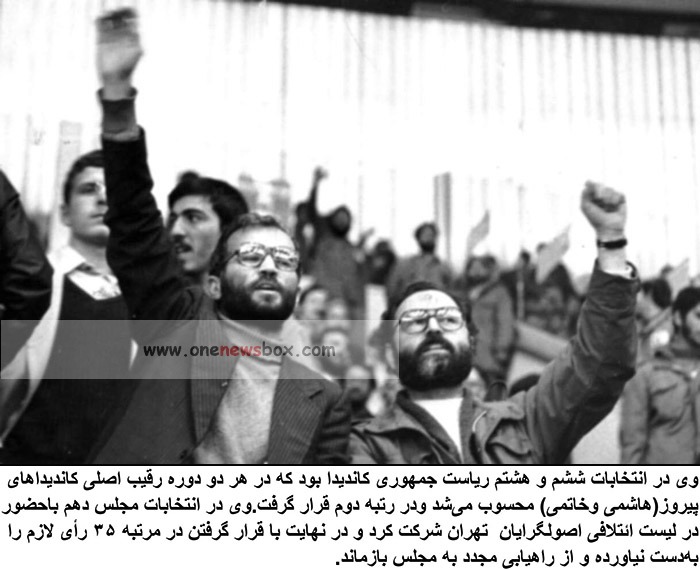Raised in a religious and traditional household, Tavakoli’s early exposure to trade, socio-political upheaval, and economic instability would influence his later ideological commitment to economic reform and justice. His extended family included prominent political figures: he was a half-cousin to Ali Larijani, the powerful speaker of the Majlis (Iran’s parliament), and his wife was also a cousin of the influential Larijani brothers—a politically elite family in Iran. Tavakoli’s family ties connected him with centers of power, but he never fully aligned himself with any one faction.
He had seven children, including Zuhair Tavakoli, who married into another prominent intellectual family as the son-in-law of political theorist Sadegh Zibakalam. Another of his sons, Mohammad Tavakoli, was a talented graphic designer known as “Iran Graphic” who passed away prematurely due to liver failure at the age of 34.
Education and Revolutionary Beginnings
In 1969, Ahmad Tavakoli entered Pahlavi University—later renamed Shiraz University after the Islamic Revolution—to study electrical engineering. His time there coincided with rising political unrest, and he was expelled before completing his degree due to his involvement in student strikes.
His passion for learning never waned. After the Islamic Revolution, he returned to academics with renewed vigor, ultimately earning a PhD in economics from the University of Nottingham in England in 1997. His dissertation, titled “Causes of Inflation in the Iranian Economy, 1972–1990,” focused on structural and monetary causes of inflation—a topic that would become central to his later economic critiques.

